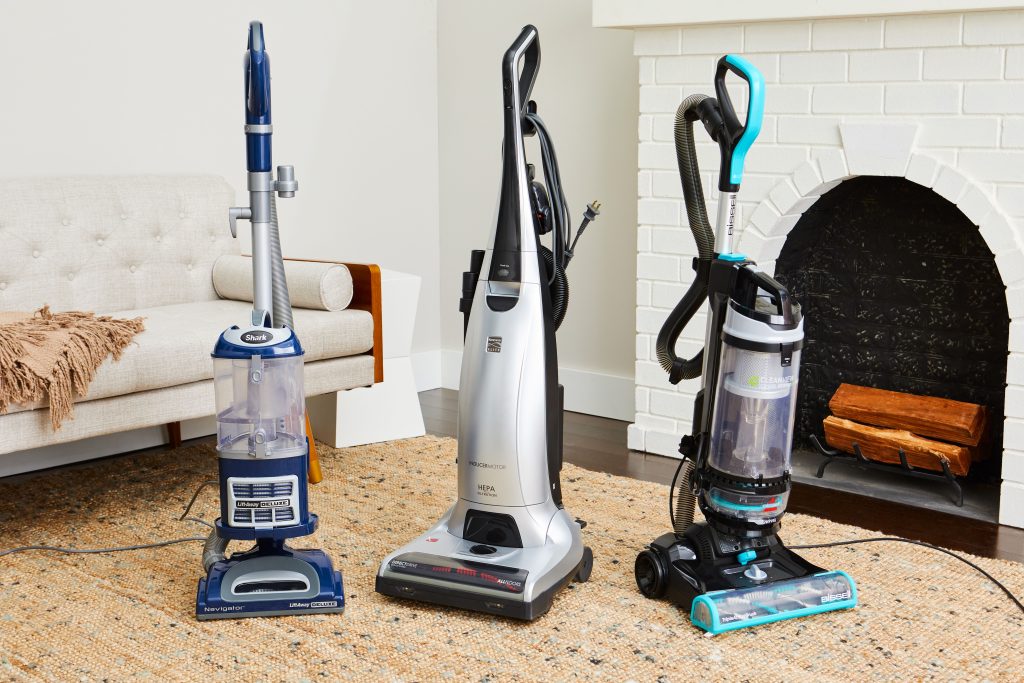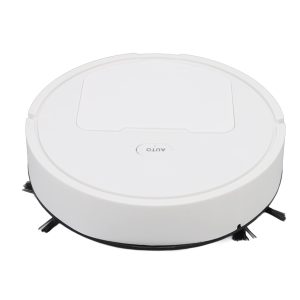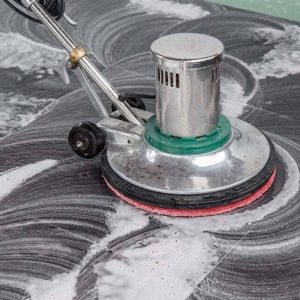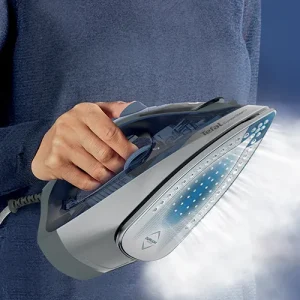Vacuum Cleaner: What Are They For? How They Work, Applications, and Safe Usage Tips

A vacuum cleaner is an essential household appliance designed to remove dirt, dust, and debris from floors, carpets, and other surfaces. It simplifies cleaning tasks by using suction power to collect particles, making your living space cleaner and healthier. In this article, we will explore what a vacuum cleaner is used for, how it works, where it’s applied, and provide safety tips for its use.
1. What Are Vacuum Cleaners For? (Introduction, Common Types, and Benefits)
Vacuum cleaners are primarily used for cleaning floors, carpets, and other surfaces by removing dust, dirt, and debris. They are a fundamental tool in both residential and commercial cleaning. The power of suction is key to vacuum cleaners, allowing them to efficiently gather particles that manual cleaning methods might miss.
There are various types of vacuum cleaners, each designed to meet specific needs:
- Upright Vacuums: These are the most common type of vacuum cleaner, with a standing design and a rotating brush bar that helps lift dirt from carpets. They are generally powerful and great for larger areas.
- Canister Vacuums: Canister vacuums consist of a separate body and hose, making them more maneuverable and perfect for cleaning under furniture or in tight spaces. They can be used on both carpets and hard floors.
- Stick Vacuums: These are lightweight and cordless, designed for quick clean-ups and small areas. Stick vacuums are convenient for people with limited storage space.
- Robotic Vacuums: These automatic, self-operating vacuums are designed to clean floors with minimal human intervention. They navigate around obstacles and can be programmed to clean at specific times.
- Handheld Vacuums: Compact and portable, handheld vacuums are perfect for cleaning small areas like upholstery, stairs, or car interiors.
The main benefits of using a vacuum cleaner include:
- Efficient Cleaning: Vacuum cleaners provide a deep clean by removing dirt and dust from surfaces and even carpets.
- Health Benefits: Regular use of a vacuum cleaner helps reduce allergens, pet dander, and dust mites in your home, improving indoor air quality.
- Time-Saving: Vacuum cleaners speed up cleaning, allowing you to maintain a clean space with minimal effort.
2. How Do Vacuum Cleaners Work? (Principle of Operation and Key Components)
Vacuum cleaners operate on the principle of suction. The appliance creates a powerful airflow that pulls in air, along with dirt, dust, and debris, into a storage container or bag. Here’s a breakdown of how a vacuum cleaner works:
- Motor: The motor generates suction power. When the motor runs, it creates negative pressure inside the vacuum cleaner, causing air to be drawn into the machine.
- Suction Hose/Nozzle: The suction hose or nozzle is the part of the vacuum that is used to pick up dirt. It creates a strong airflow that pulls debris into the machine, typically via a rotating brush or suction power.
- Filters: Most vacuum cleaners have filters that help trap fine dust particles. High-efficiency filters, such as HEPA (High-Efficiency Particulate Air) filters, are especially useful for removing tiny particles, improving air quality.
- Dustbin/Bag: As the dirt is sucked in, it is stored in a dustbin or a bag. Bagless vacuum cleaners have a container that can be emptied when full, while bagged models require the replacement of bags.
- Brush Roll (or Beater Bar): Many vacuum cleaners, particularly upright and canister models, feature a rotating brush or beater bar at the base. This helps agitate dirt from carpets and rugs, making it easier to remove.
- Exhaust: After dust and dirt are trapped inside the vacuum, clean air is released through an exhaust vent.
In essence, the motor powers the vacuum cleaner to create suction, which pulls in dirt and debris. The rotating brush and suction nozzle lift dirt from surfaces and deposit it into a storage compartment.
3. Where Are Vacuum Cleaners Used? (Practical Applications)
Vacuum cleaners are used in various settings for cleaning and maintaining cleanliness. Some common applications include:
- Residential Cleaning: In homes, vacuum cleaners are used to clean floors, carpets, rugs, upholstery, and even mattresses. They help remove dirt, dust, pet hair, and allergens that can accumulate in living spaces.
- Commercial and Industrial Settings: In offices, schools, and large buildings, vacuum cleaners are essential for maintaining cleanliness in high-traffic areas. Commercial-grade vacuums often have more power and larger dust bins to handle larger spaces.
- Car Cleaning: Handheld and portable vacuum cleaners are perfect for cleaning car interiors. They are used to vacuum seats, carpets, floor mats, and even hard-to-reach areas like between seats.
- Hotels and Hospitals: Vacuum cleaners are used in hospitality and healthcare facilities for deep cleaning and maintaining hygiene. Hospitals, in particular, use high-performance vacuums to minimize allergens and bacteria.
- Pet Owners: Vacuum cleaners are especially useful for households with pets, as they can help remove pet hair and dander from furniture and floors, preventing the buildup of allergens.
4. How to Use Vacuum Cleaners Safely (Safe Usage Tips and Important Considerations)
To ensure that your vacuum cleaner operates efficiently and safely, it’s important to follow some key safety tips:
- Read the Manual: Always read the user manual before using a vacuum cleaner. It will guide you on how to use the appliance, maintain it, and troubleshoot any issues.
- Check for Blockages: Before using the vacuum, check the hose, nozzle, and filters for any blockages that could reduce suction power. Clear away any debris that might obstruct airflow.
- Use the Correct Settings: Some vacuum cleaners have adjustable settings for different floor types. Make sure to adjust the settings according to the surface you’re cleaning (e.g., carpet, hardwood, tile) to ensure optimal performance and prevent damage.
- Unplug When Not in Use: Always unplug the vacuum cleaner when you’re not using it. This prevents accidents and conserves energy.
- Empty the Dustbin/Bags Regularly: If you use a bagless vacuum cleaner, make sure to empty the dustbin when it’s full to maintain suction power. For bagged models, replace the bag when it is about three-quarters full.
- Inspect and Clean Filters: Regularly clean or replace the filters to ensure the vacuum continues to work efficiently. Clogged filters can reduce suction and damage the motor.
- Avoid Overloading: Don’t attempt to vacuum large or sharp objects that the machine isn’t designed for, as this can damage the vacuum and pose safety risks.
- Use Caution with Cords: Be mindful of the power cord while using the vacuum. Avoid pulling or tangling the cord, and always store it properly when not in use.
- Keep Children and Pets Safe: Vacuum cleaners can be dangerous if not used properly. Keep children and pets away from the vacuum cleaner while it’s in use to prevent accidents.
Conclusion
Vacuum cleaners are essential for maintaining cleanliness in homes, offices, and commercial spaces. With a variety of types available, they cater to different needs, making cleaning tasks quicker and more efficient. By understanding how a vacuum cleaner works, knowing where to use it, and following safety tips, you can ensure effective and safe cleaning. Regular use of a vacuum cleaner helps improve air quality, remove dust and allergens, and keep your environment healthier and more comfortable.







